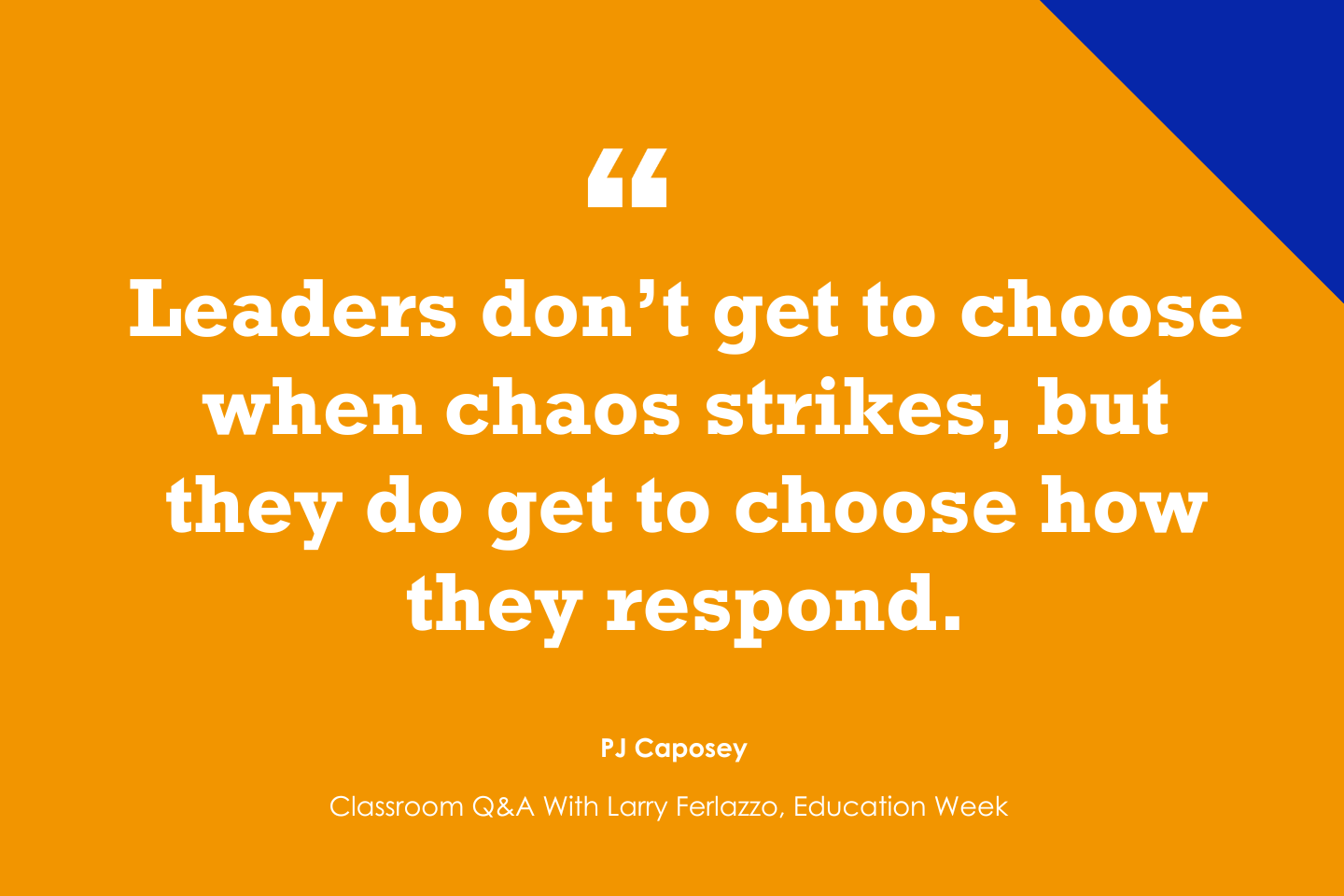Key points:
Students across the country need continued support in post-pandemic learning to reach grade-level placement
Lifelong learning: Developing skills across all ages
How educators can use a ‘Fitbit approach’ to improve student outcomes
For more news on learning trends, visit eSN’s Innovative Teaching hub
New data reveals limited progress toward pre-pandemic levels of learning achievement nationally, although specific student populations are challenging these trends, according to the State of Student Learning report from Curriculum Associates.
The report, which offers an in-depth analysis of student achievement during the 2023–2024 school year, compares student grade-level placement to the previous school years of 2022–2023, 2021–2022, and 2018–2019–the last full academic year prior to the pandemic–offering a comprehensive view of academic achievement trends in reading and mathematics across the United States.
The nationally representative data was gathered from Curriculum Associates’ i‑Ready® Diagnostic, which is administered to more than 13 million Grades K–8 students in the United States.
“As students and educators head back to class for the 2024–2025 school year, our annual report offers a detailed look into the state of student learning nationwide,” said Dr. Kristen Huff, vice president of research and assessment at Curriculum Associates. “The data show that students across the country need continued support to reach grade-level placement. However, the data also show reasons to be hopeful. We are seeing small pockets of improvement in certain student populations–a testament to the tireless work of educators and evidence that targeted interventions work.”
Key findings:
Fewer students are achieving grade-level placement than pre-pandemic. Growth rates are similar to pre-pandemic levels, but because students are starting further behind, they are placing behind their pre-pandemic cohorts.
Overall, the proportions of grade-level students are very similar from spring 2023 to spring 2024 across grades and subjects, indicating limited recovery.
Differences between pre- and post-pandemic achievement appear larger for students who began the year well below grade level. This indicates a diverging pattern for learning recovery as achievement gaps widen.
Spring scores are also showing more variability post-pandemic, potentially indicating a larger gap between on- and below-grade level students.
Data show some promising trends in Grade K phonics and schools serving majority-Black populations.
Grade K: Since the return to in-person schooling, the percentage of Grade K students on grade level in phonics has increased each year. This improvement from last year to this year, if applied nationally, could mean nearly 75,000 more Grade K students achieving grade-level phonics skills. Phonics is a strong predictor of later reading ability.
Majority-Black student populations: While these schools still face significant challenges and continued disparities, there are encouraging increases in the proportion of on-grade level students in Grades 3 and up.
“The impacts of the pandemic are still evident in student performance, but pockets of recovery offer small signs of hopeful trends,” said Huff. “We know that all students have the potential to reach grade-level proficiency with high-quality instruction tailored to their individual needs. These data are a call to action to do just that: target the most effective interventions where they are needed the most.”
This press release originally appeared online.
New data reveals limited progress toward pre-pandemic levels of achievement nationally, although specific student populations are challenging these trends, according to the State of Student Learning report. Classroom Learning, Featured on eSchool News, Innovative Teaching, achievement, challenging, Curriculum, data, learning, need, news, state, student, student learning eSchool News









